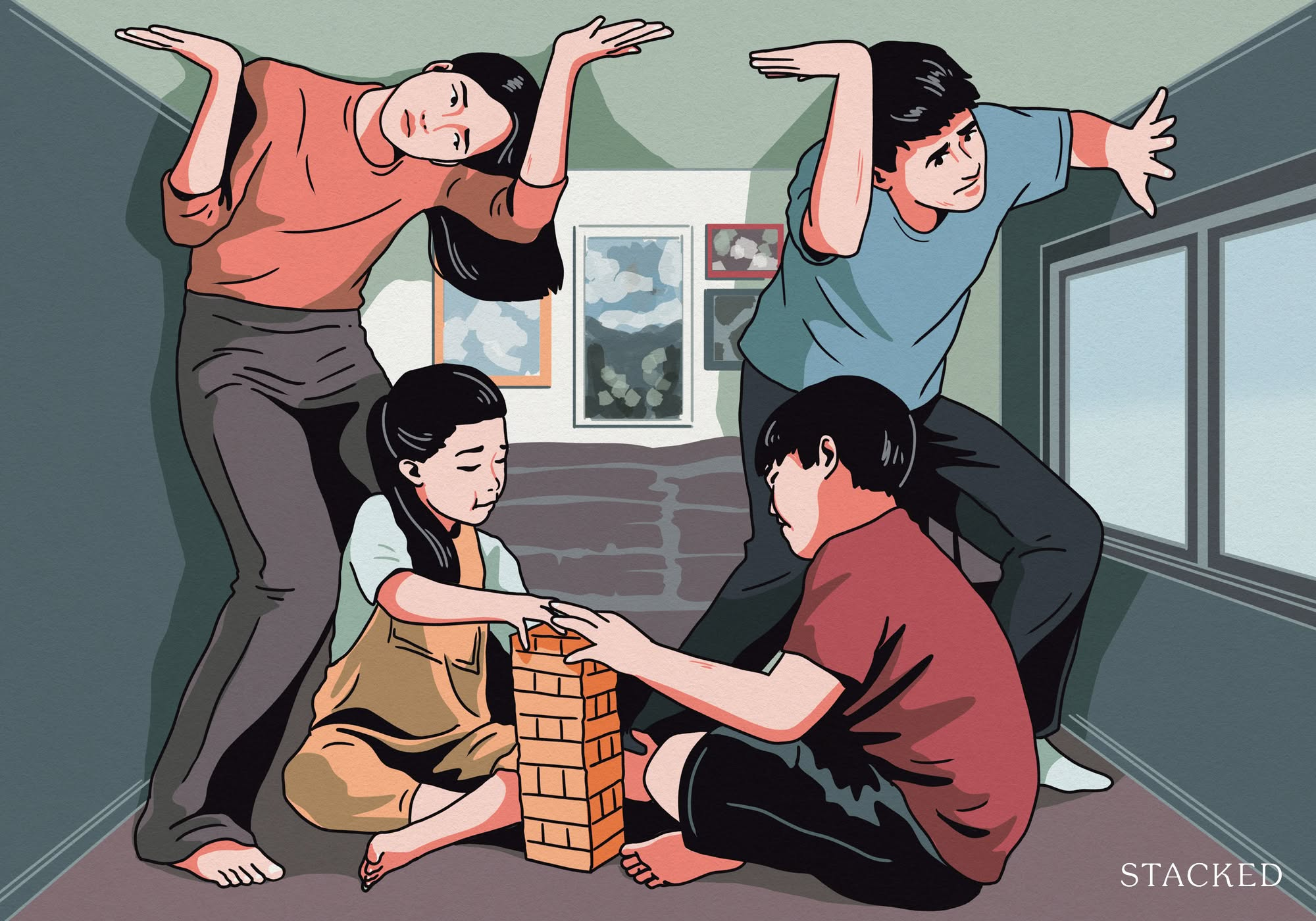Can You Still Own Multiple Properties In Singapore? Here’s What You Need To Know In 2025
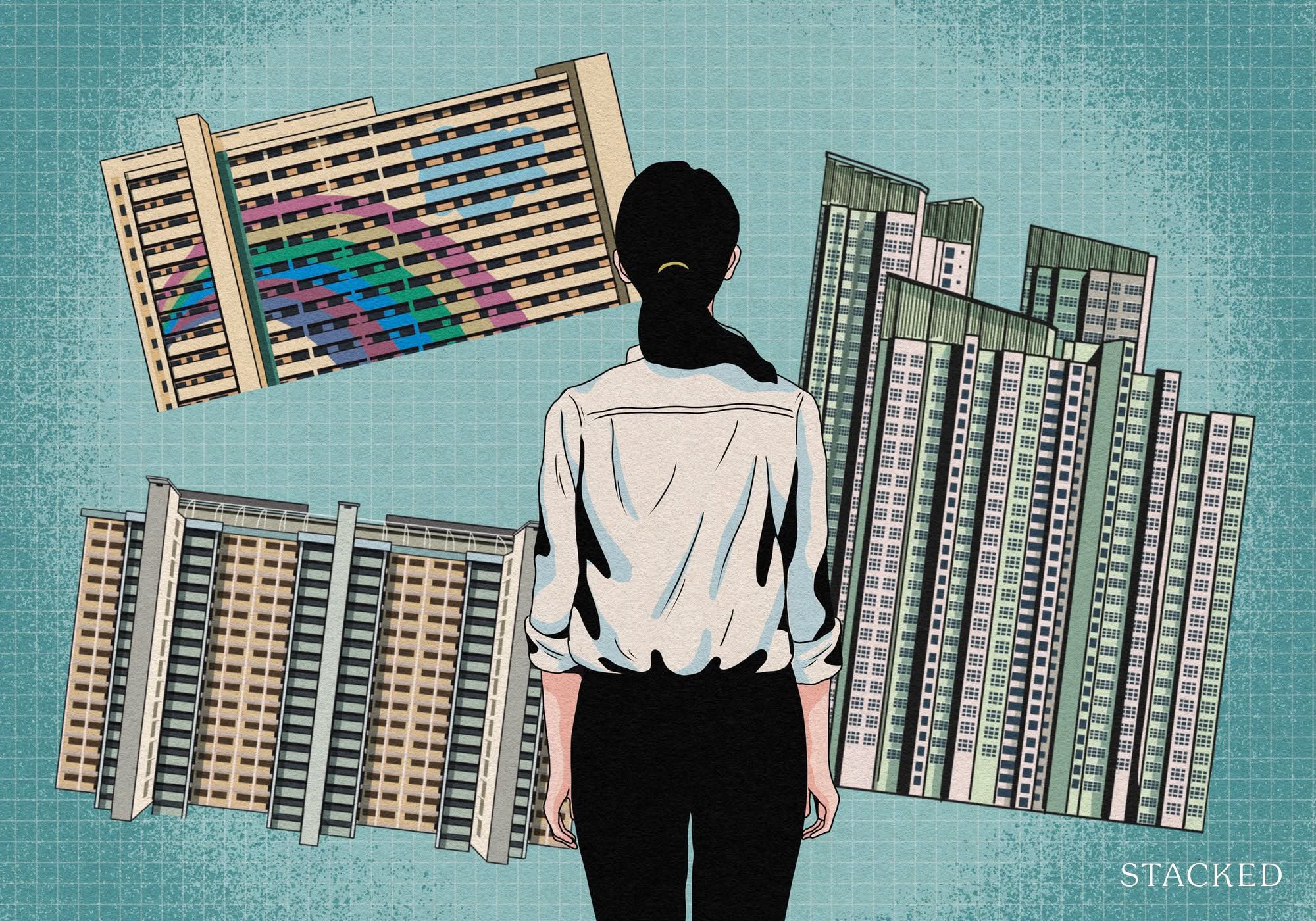
Get The Property Insights Serious Buyers Read First: Join 50,000+ readers who rely on our weekly breakdowns of Singapore’s property market.
A seasoned content strategist with over 17 years in the real estate and financial journalism sectors, Ryan has built a reputation for transforming complex industry jargon into accessible knowledge. With a track record of writing and editing for leading financial platforms and publications, Ryan's expertise has been recognised across various media outlets. His role as a former content editor for 99.co and a co-host for CNA 938's Open House programme underscores his commitment to providing valuable insights into the property market.
It’s hard to argue that multiple property ownership is much tougher today, compared to the property heydays of the early ‘00s. For those who haven’t been in the property market for some time, the regulatory environment in 2025 can come as a shock: cooling measures have made owning more than one property a lot tougher, and potentially less lucrative, for investors. Whether you’re new or just returning to the Singapore property market, here are the key changes to consider today:
1. Impact of the ABSD on multi-home ownership
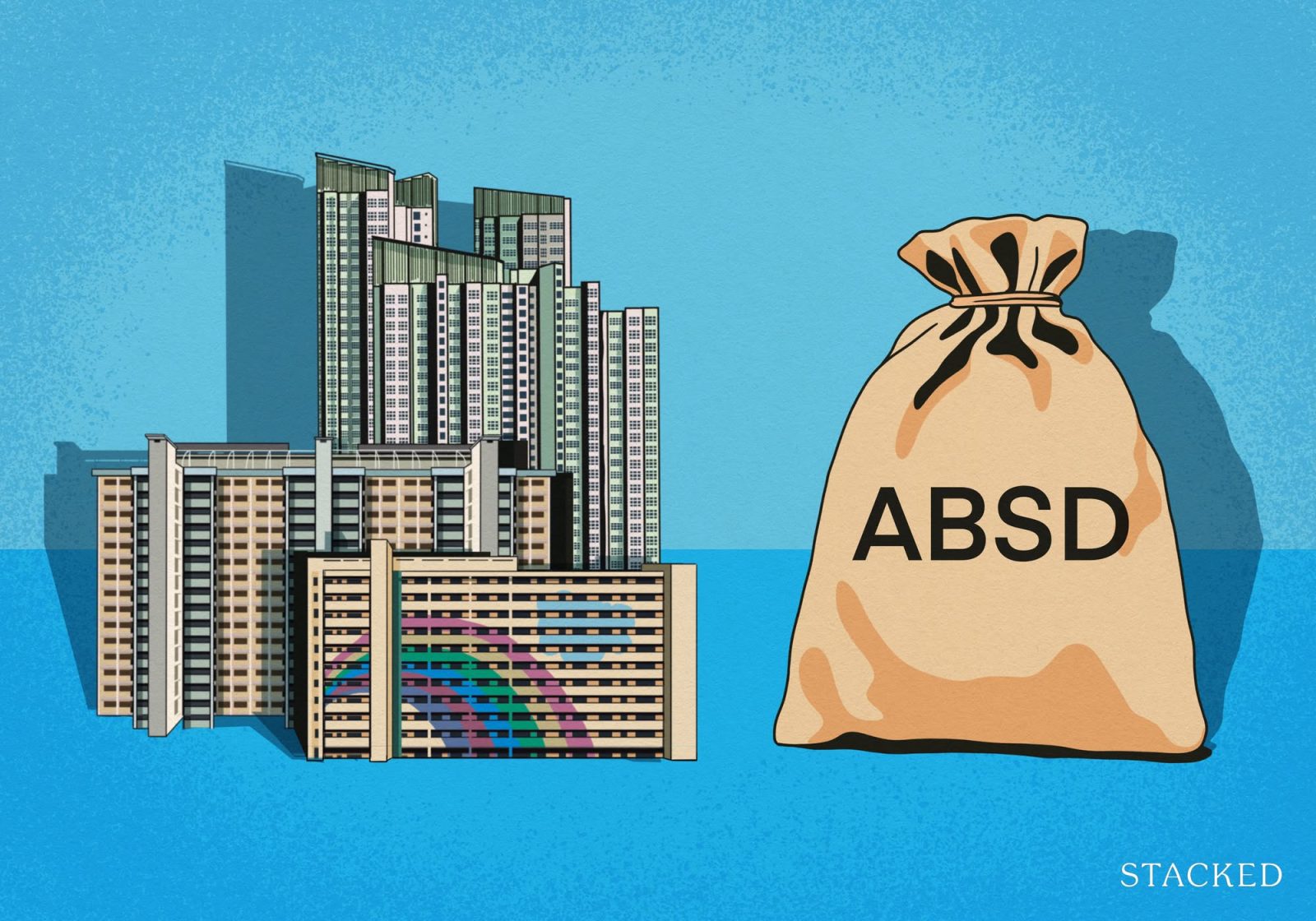
As of 2025, the Additional Buyers Stamp Duty (ABSD) is 20 per cent of the price or valuation (whichever is higher) on the second property, and 30 per cent on the third property or subsequent. For Permanent Residents (PRs), it’s 30 per cent on the second property and 35 per cent on the third or subsequent property.
Note that this still has no bearing on a “sell one, buy two” strategy, though. This is because using such an approach, each buyer has a property count of only one (e.g., after a family sells the property, each spouse has one home under their own name, thus having separate mortgages but not incurring ABSD).
But the extent of the ABSD is such that, if you cannot avoid it (such as decoupling a condo unit to buy two), it becomes much more discouraging. One example of this is choosing to retain your HDB flat, while buying a condo to rent out (or vice versa).
The price of the typical resale condo (as of April 2025) averaged $1,734 psf. Assuming you purchase a 900 sq. ft. resale unit, this would be about $1.56 million. The 20 per cent ABSD would come to about $312,000.
Assuming the 900 sq. ft. unit is rented out for around $4,000 to $4,500 per month (typical for most non-central condos in 2025), this could come to over five or six years of rental income just to cover the ABSD alone; a number that’s clearly not viable or attractive to most investors.
There are, to be blunt, few reasons to retain your flat while purchasing a condo in 2025 – even if you can rent one out. If there are reasons, it will likely be due to factors such as wanting to provide housing for children (e.g., a one-bedder near NUS if they’re studying) or having to retain the flat because you may need to move back one day.
One possible way to bypass ABSD is to purchase a dual-key unit, but this doesn’t seem to be catching on.
A dual-key unit is a single unit that is subdivided into two. This still counts as a single unit, so there’s no ABSD involved. In theory, you could rent out one side, whilst living in the other, with no loss of privacy.
However, this doesn’t seem to be catching on, perhaps because dual-key units also tend to be larger. This raises their quantum which, coupled with having only one tenant, could be seen to balance out the advantages of avoiding ABSD.
As an aside, the higher ABSD rates indirectly constrain resale supply as well
If you purchased your second or subsequent home before the ABSD rates were raised, you can probably sense why fewer people in your position would want to sell. There’s definitely an emotional barrier if you didn’t incur ABSD (or much lower ABSD) when you bought in earlier times, but would incur a 20 per cent ABSD if you sold and bought another second property today.
This can also impact en-bloc sales, as those who have rental units in the development may not feel the sale proceeds cover the ABSD, on a replacement investment property.
2. Impact of Loan-to-Value (LTV) ratio limits on multi-home ownership
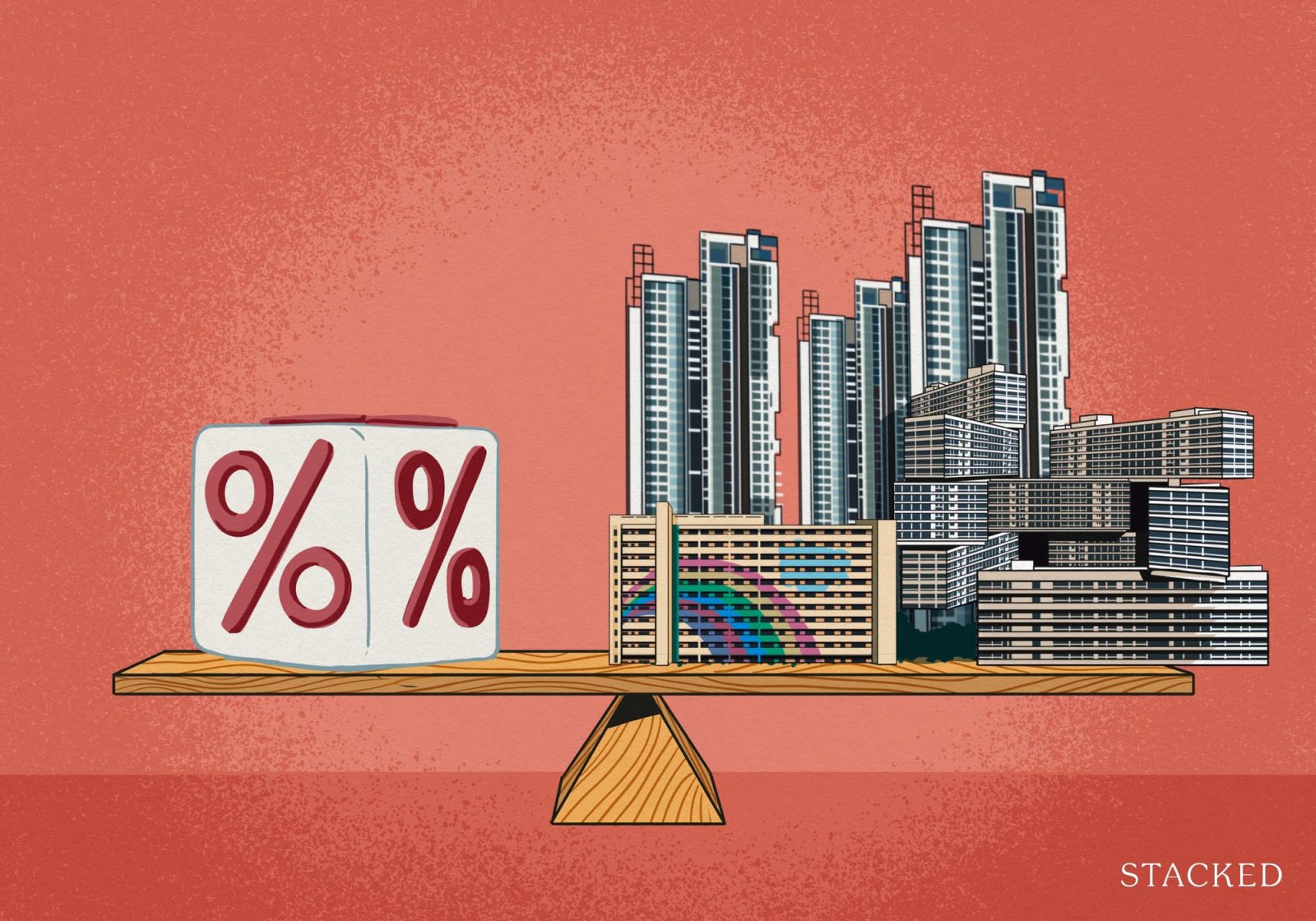
LTV limits have shrunk over the years, now capped at 75 per cent even for the first property.
If you have an outstanding home loan, the second property has an LTV of just 45 per cent; and this falls further to 35 per cent on the third or subsequent outstanding loan. In addition, the minimum cash downpayment falls to 25 per cent, if you have one or more outstanding home loans.
So if you haven’t finished paying off your existing condo unit, the minimum down payment for your second property – assuming a price of around $1.8 million for a two-bedder – would be $990,000. Of this amount, $450,000 has to be in cash.
This is another reason some families place the entire mortgage on one spouse, when they first purchase a home – it frees up a chance for the other spouse to take the full 75 per cent LTV on a second property.
More from Stacked
Analysing 10 Years of District 15 Boutique Condo Transactions: Insights Into What Drives Profitability
In Singapore’s property market, boutique condos have always divided opinion. Some buyers are drawn to their exclusivity, low density, and…
3. Impact of the TDSR on multi-home ownership
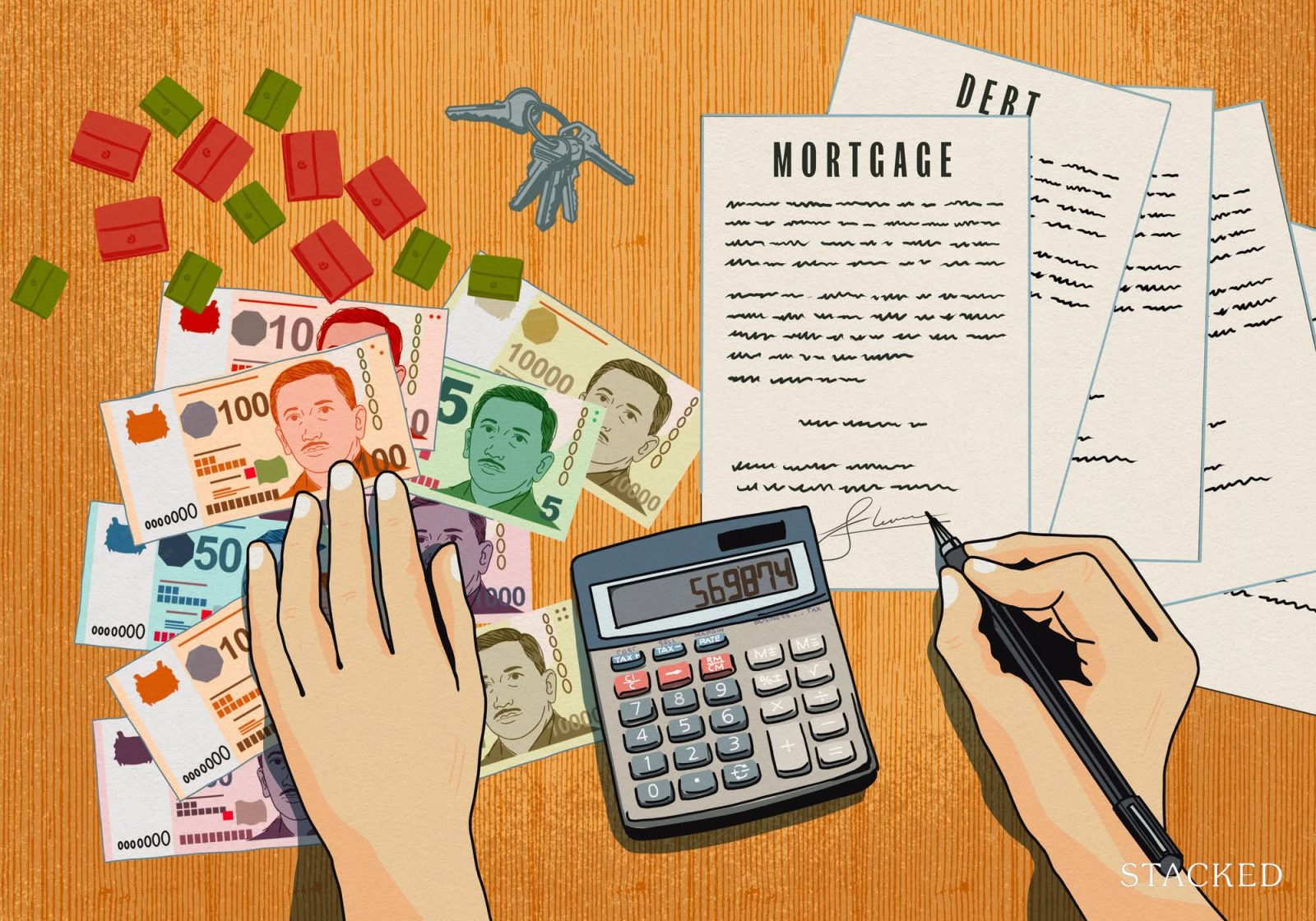
The Total Debt Servicing Ratio (TDSR) was introduced in 2013, and is one of the most significant changes from the prior decade. Under the TDSR, your monthly loan repayments – inclusive of other debts (personal loans, car loans, etc.) – cannot exceed 55 per cent of your monthly income.
TDSR is calculated based on a floor rate of four per cent per annum (regardless of the actual interest rate, even though the actual rate tends to be lower), and sources of variable income count as being 30 per cent lower for TDSR calculations.
The latter fact is important for those who are already landlords. If your current rental income is $4,000 per month, for instance, it only counts as $2,800 per month for the purposes of TDSR calculations. If you’re purely a landlord and only have rental income, this does make it a lot tougher for you to secure financing on another property.
Consider an existing landlord making $8,000 a month from rent (for simplicity’s sake, let’s say he has no other income, and no other sources of debt):
- Gross Monthly Rental Income: $8,000
- Adjusted Income (after 30% haircut): $8,000 × 70% = $5,600
- TDSR limit (55% of adjusted income): $5,600 × 55% = $3,080
Assuming he could still get a 25-year loan (this is dependent on his age), and a floor rate of four per cent, this would cap his maximum loan amount at roughly $583,500.
Given that resale non-landed homes average $1,734 psf and new launches average $2,626 psf, the quantum of even a 700 sq. ft. two-bedder is about $1.21 million (resale) and $1.83 million (new launch). This makes expanding into a third property quite challenging, especially after you add in the 20 per cent ABSD.
4. Real cash-flow considerations in multi-home ownership
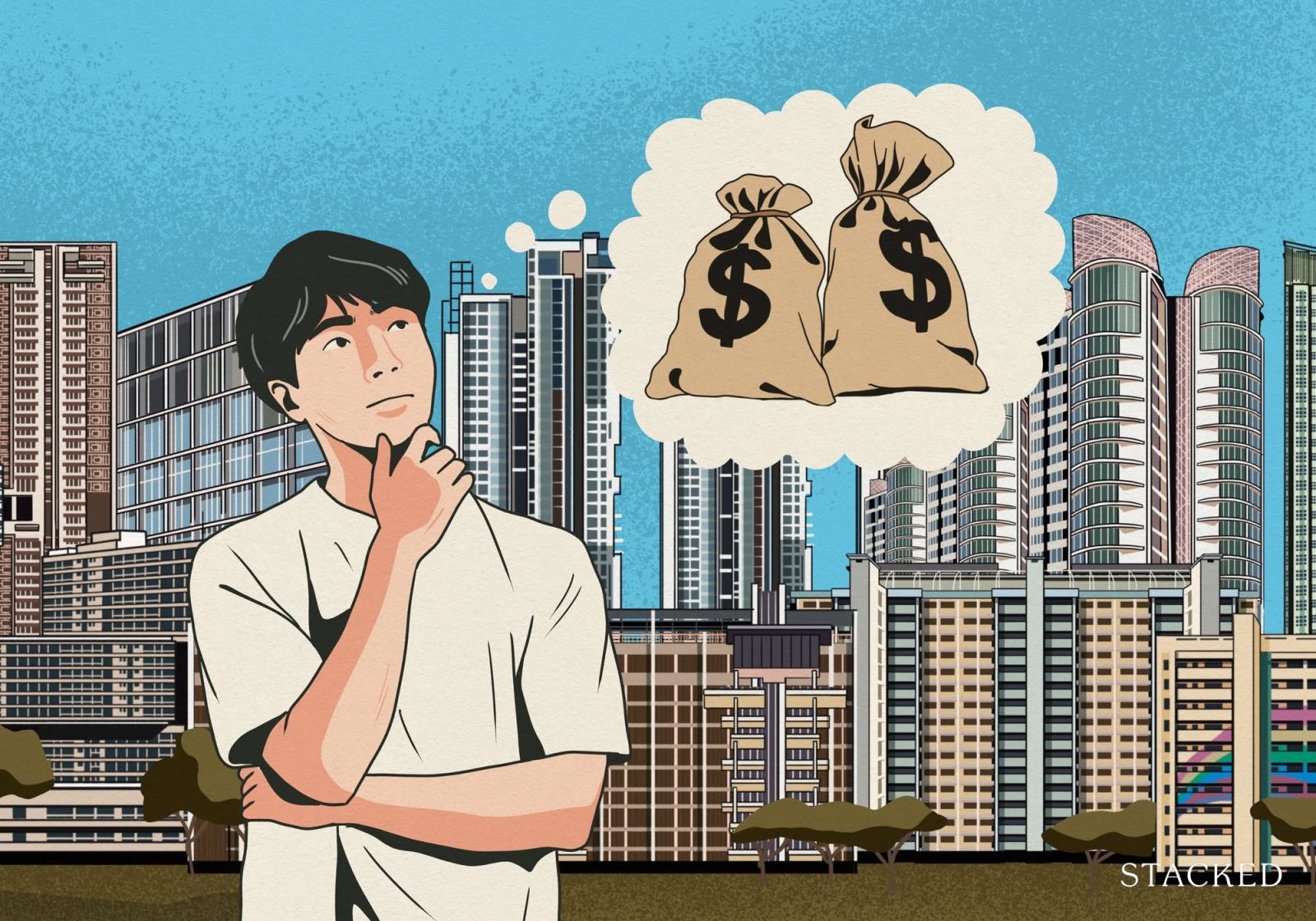
Non-owner occupied properties (i.e., anything rented out) have higher property tax rates. This is on a tiered system based on your property’s Annual Valuation (AV), which is determined by IRAS and the Chief Valuer:
| Annual Value | Tax rate |
| First $30,000 | 12% |
| Next $15,000 | 20% |
| Next $15,000 | 28% |
| Any subsequent amount above $60,000 | 36% |
Assuming the government decides your property can make $4,500 a month* and it’s rented out, you’d pay: $3,600 + $3,000 + $2,520 = $9,120 per year, or about $760 per month in property tax.
This has to be coupled with condo maintenance fees (roughly $400 per month in most mass-market condos), as well as the costs of own-unit maintenance (fixing broken kitchen appliances, replacing sagging doors, etc)
*Remember the AV is not the literal amount you rent out the property for – it’s set by the government. Usually it’s generous, and set lower than real rental income, though.
Example of cash flow assuming $4,500 per month in rent:
- Gross Rental Income: $54,000 per year
- Less Property Tax: $9,120 (we’ll assume the AV matches the real rental income, for simplicity’s sake)
- Less Maintenance Fees: $4,800
This is a net cash flow of about $40,080 per year, or about $3,340 per month. This is if you don’t also have any mortgage repayments. If you still have mortgage repayments, however, it’s unlikely that you’ll be cash flow positive.
Multiple property ownership is definitely more challenging in Singapore in 2025
This doesn’t make it impossible, but it does mean you need to start earlier if you can – once age begins to limit your maximum loan tenure, for example, the monthly loan repayments will rise, and make it harder to meet the TDSR.
It also means you should work out with your spouse, earlier on, the manner of holding for each property. Remember that you cannot decouple for HDB flats (i.e., transfer ownership fully to just one spouse) just to buy a second property for the family, so it can sometimes make sense for the flat’s mortgage to be under just one name. This may also necessitate starting with a smaller flat, such as a 3-room instead of a 4-room, so that it’s viable on one person’s income.
Finally, a sense of realism is needed in the current market. Depending on your finances, it sometimes makes sense not to own multiple properties, and simply share the load of upgrading to a single larger home. Reach out to us at Stacked if you’re contemplating your next property purchase, and aren’t too sure.
If you’d like to get in touch for a more in-depth consultation, you can do so here.
Ryan J. Ong
A seasoned content strategist with over 17 years in the real estate and financial journalism sectors, Ryan has built a reputation for transforming complex industry jargon into accessible knowledge. With a track record of writing and editing for leading financial platforms and publications, Ryan's expertise has been recognised across various media outlets. His role as a former content editor for 99.co and a co-host for CNA 938's Open House programme underscores his commitment to providing valuable insights into the property market.Read next from Property Investment Insights
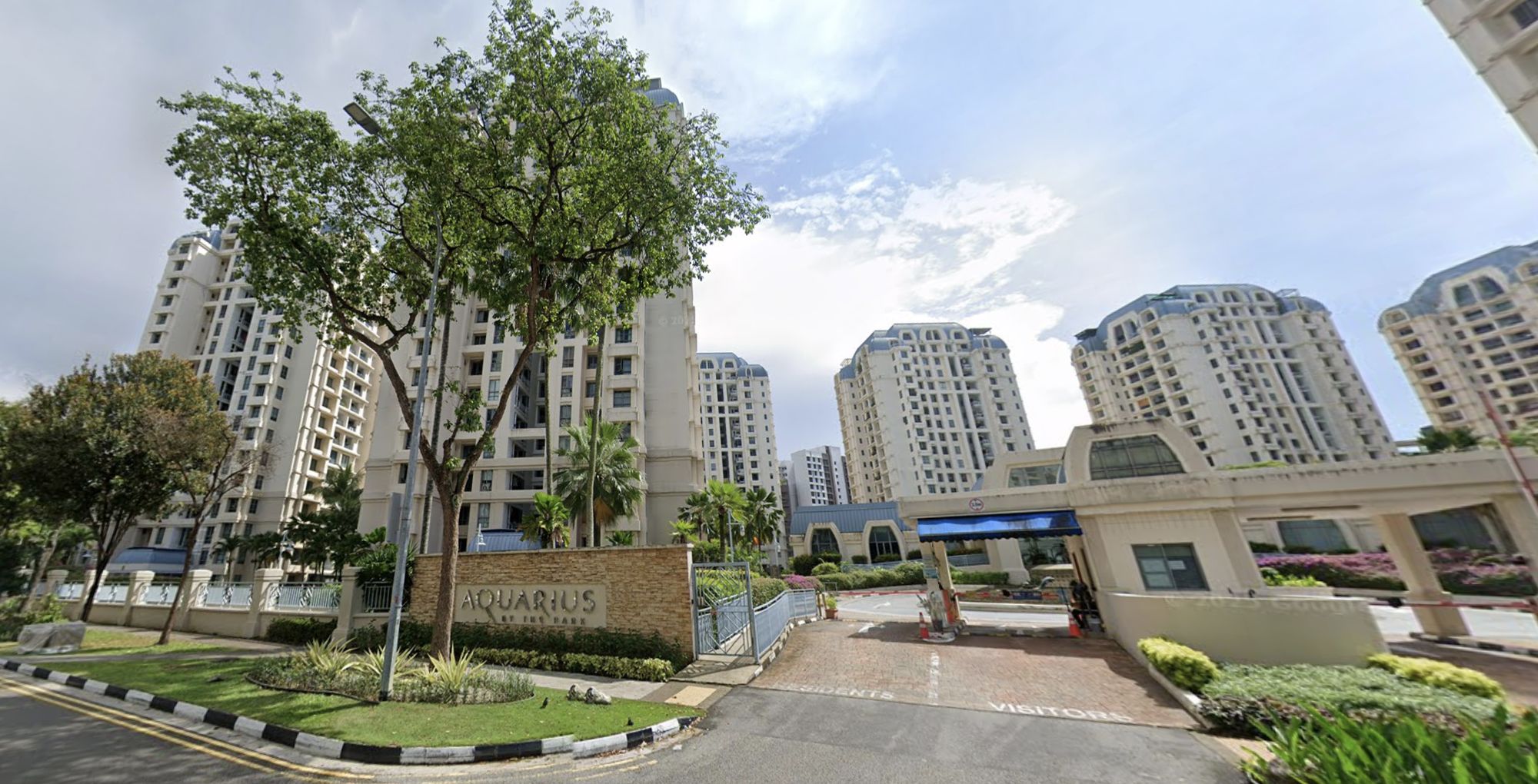
Property Investment Insights How A Once “Ulu” Condo Launched In 1997 Became A Top Performer
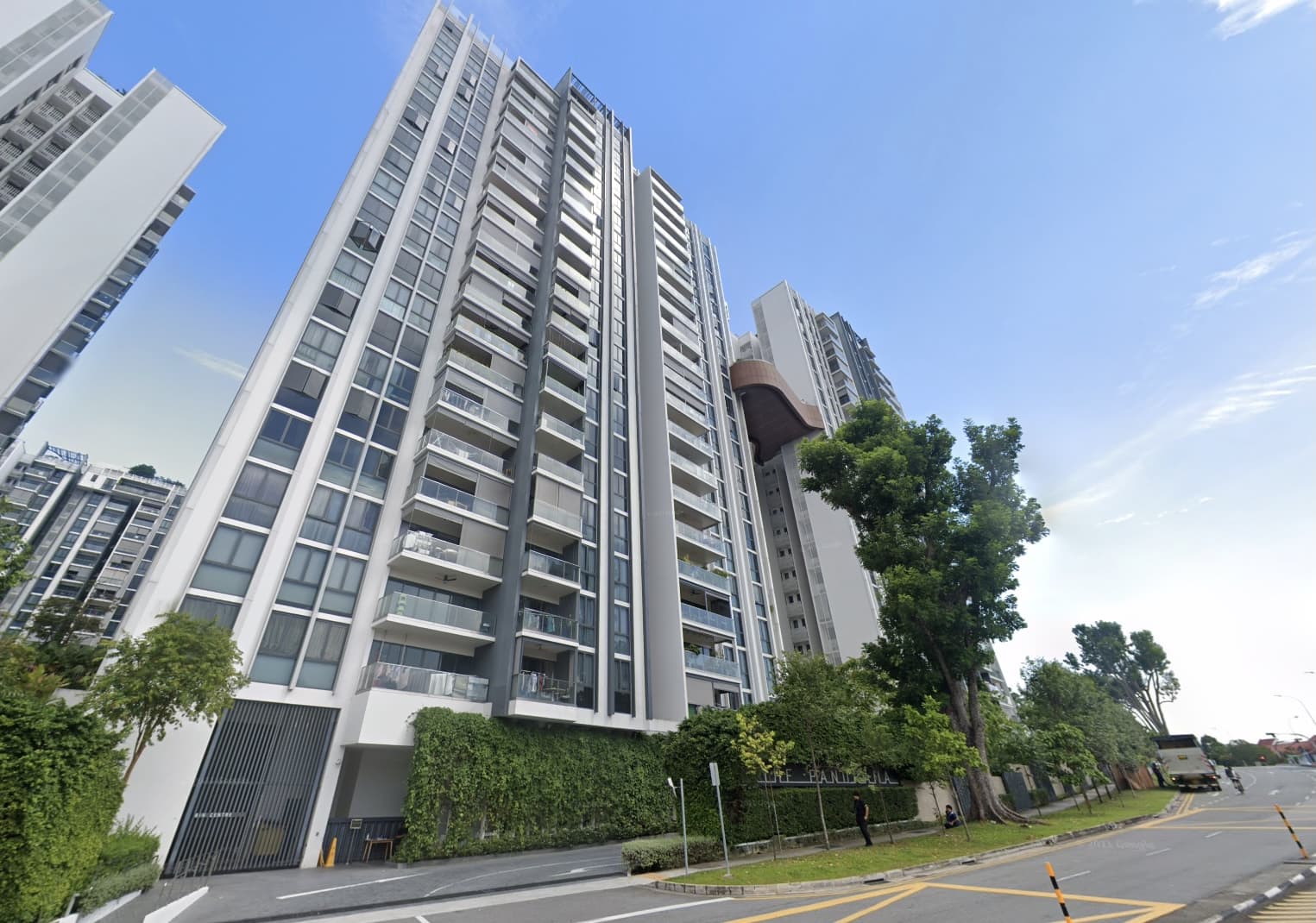
Property Investment Insights This 698-Unit Ang Mo Kio Condo Launched At The Wrong Time — And Still Outperformed Peers
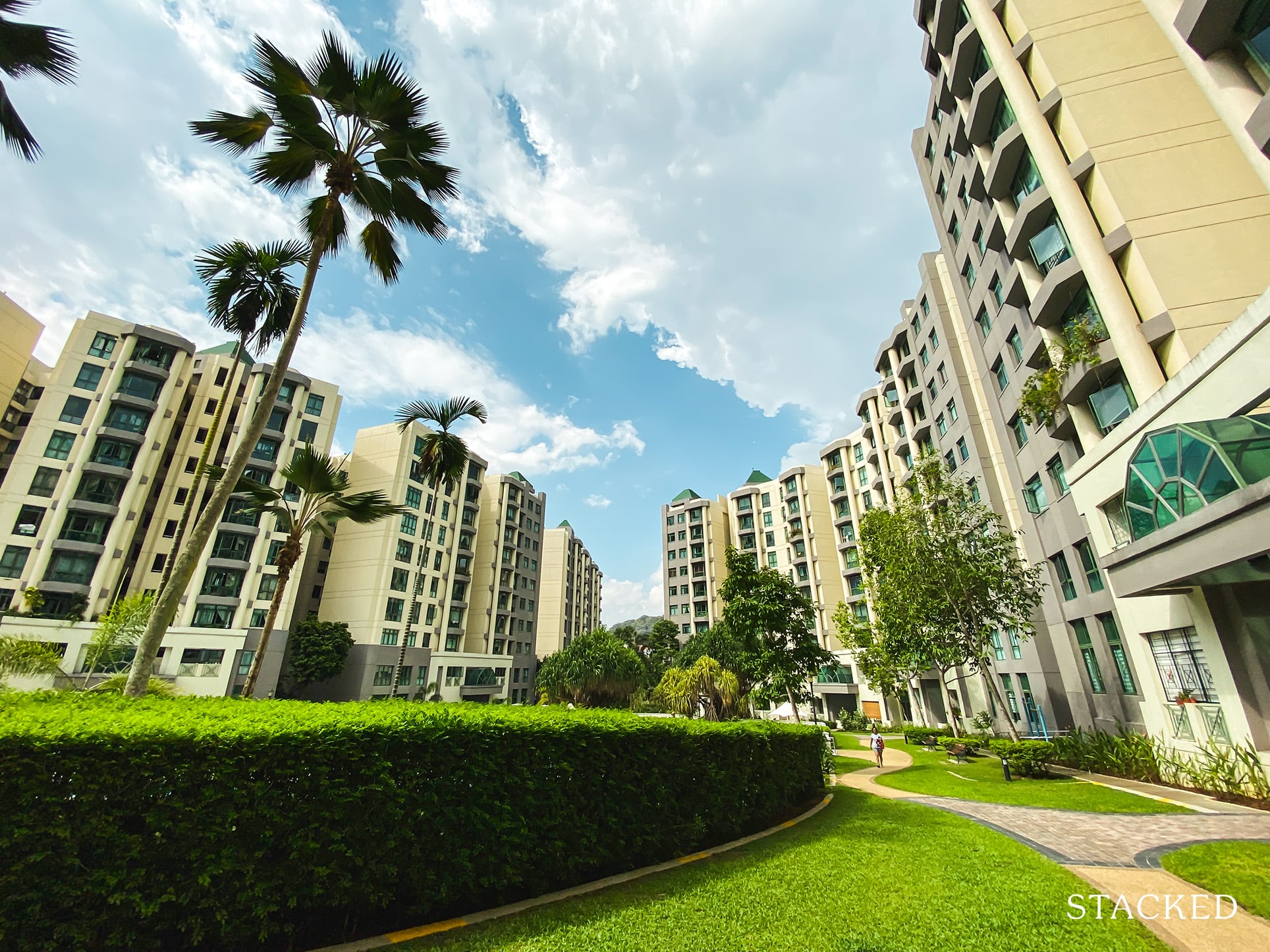
Property Investment Insights These Resale Condos In Singapore Were The Top Performers In 2025 — And Not All Were Obvious Winners

Property Investment Insights How A 944-Unit Mega-Condo In Pasir Ris Ended Up Beating The Market
Latest Posts
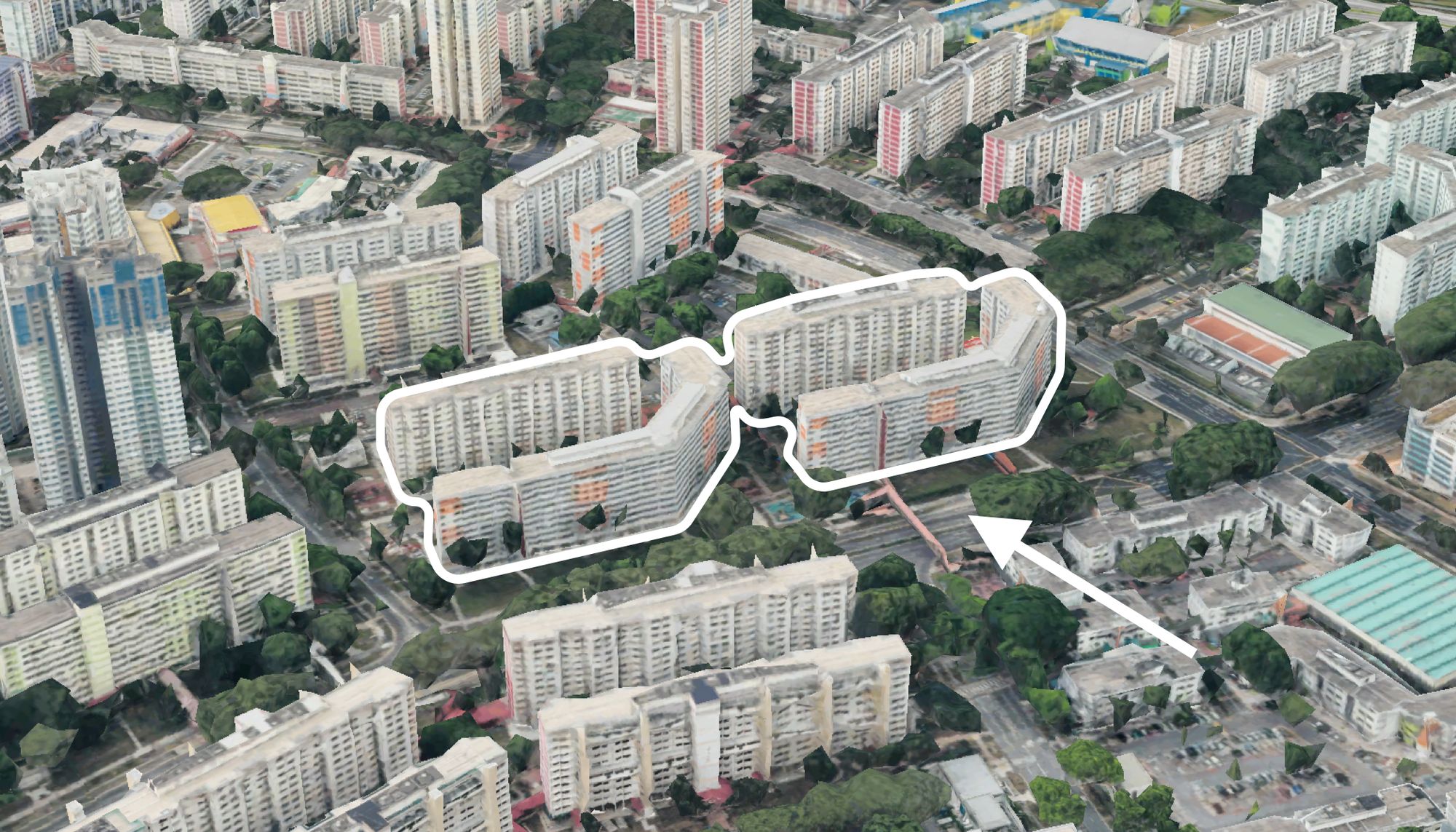
On The Market Here Are The Cheapest 4-Room HDB Flats in Central Singapore You Can Still Buy From $490K
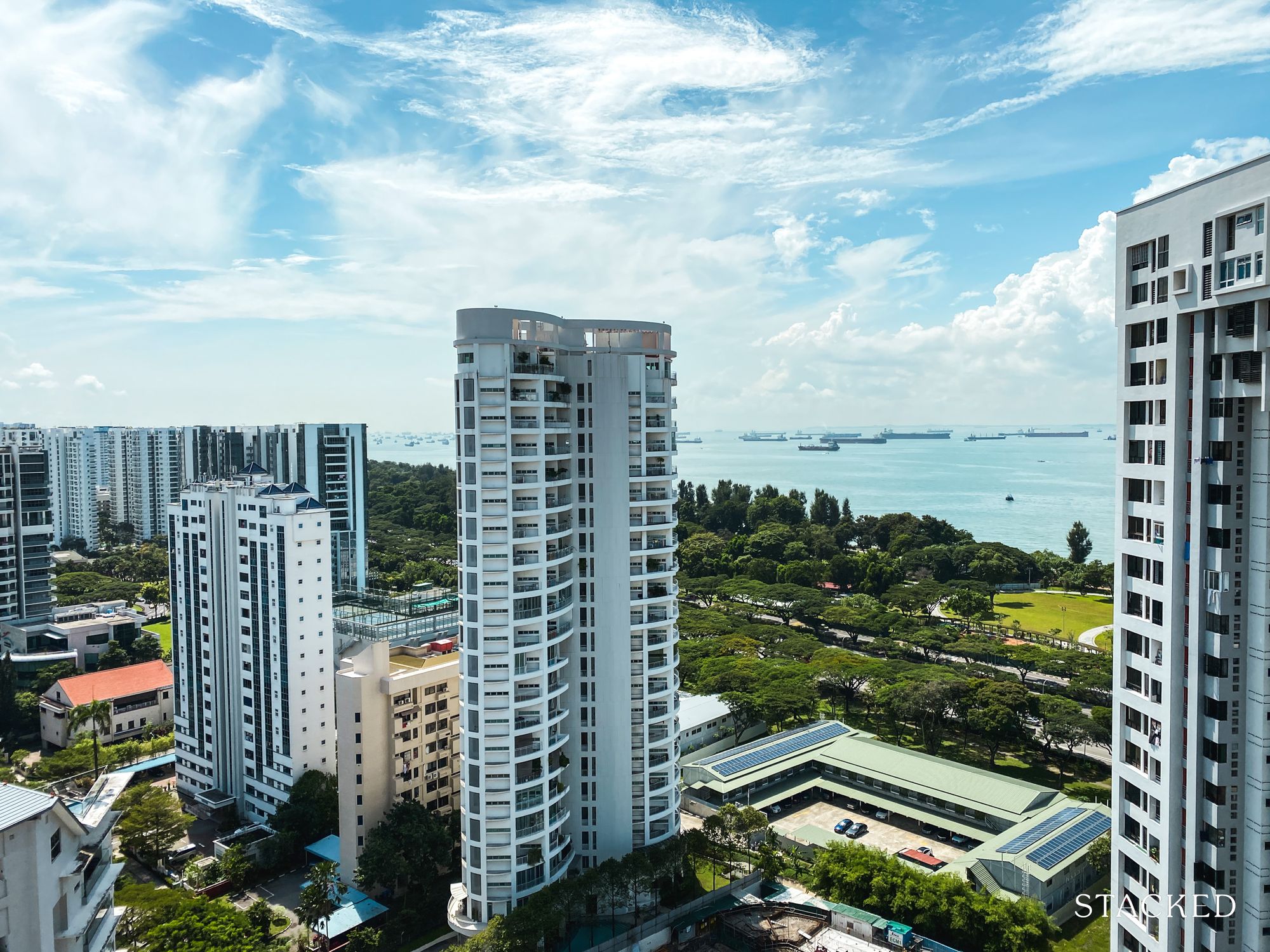
Editor's Pick Should We Buy An Old 99-Year Leasehold Condo To Live In: Will It’s Value Fall When The Lease Runs Out?
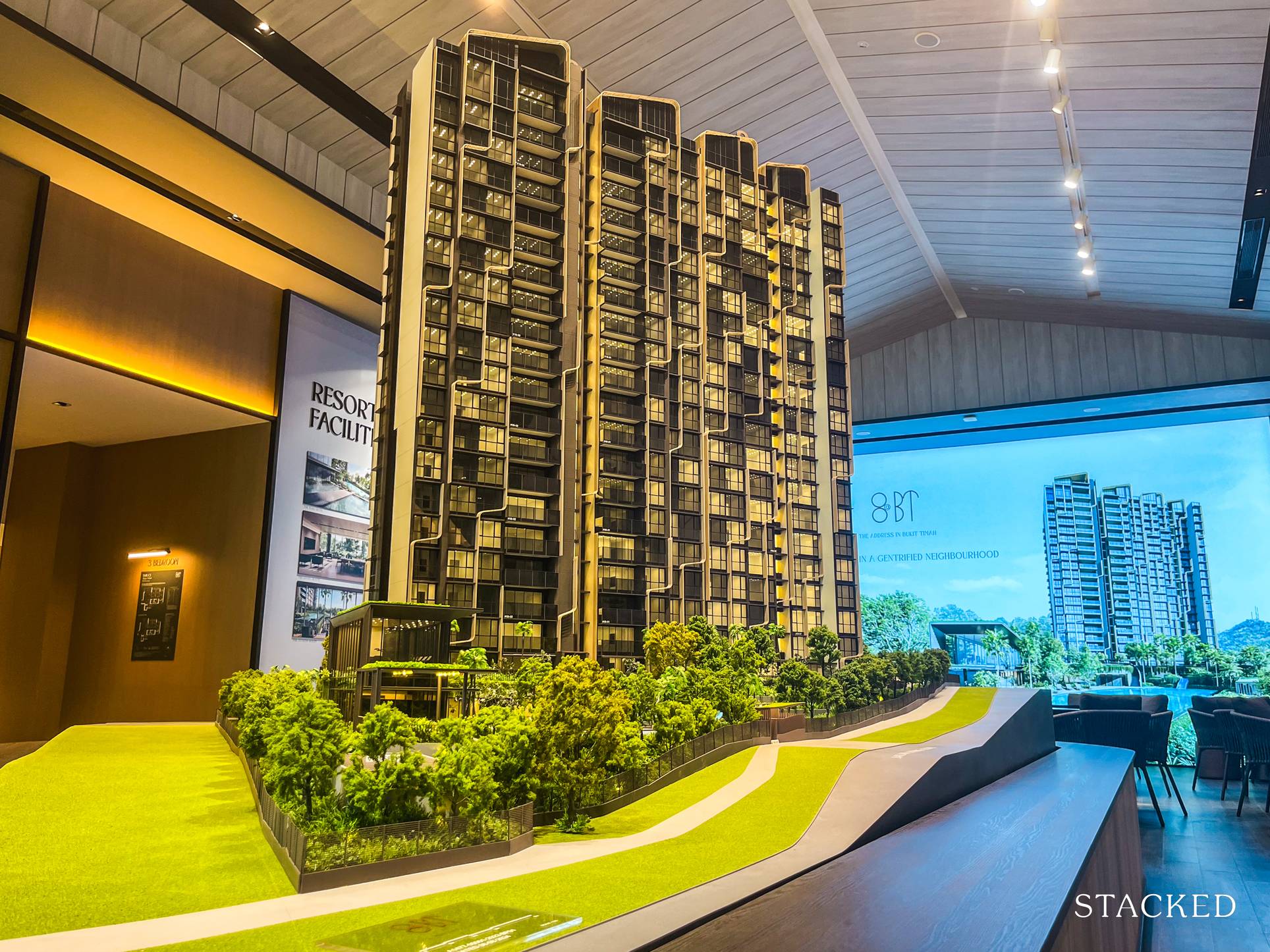
Editor's Pick I Reviewed A New Launch 4-Bedroom Penthouse At Beauty World
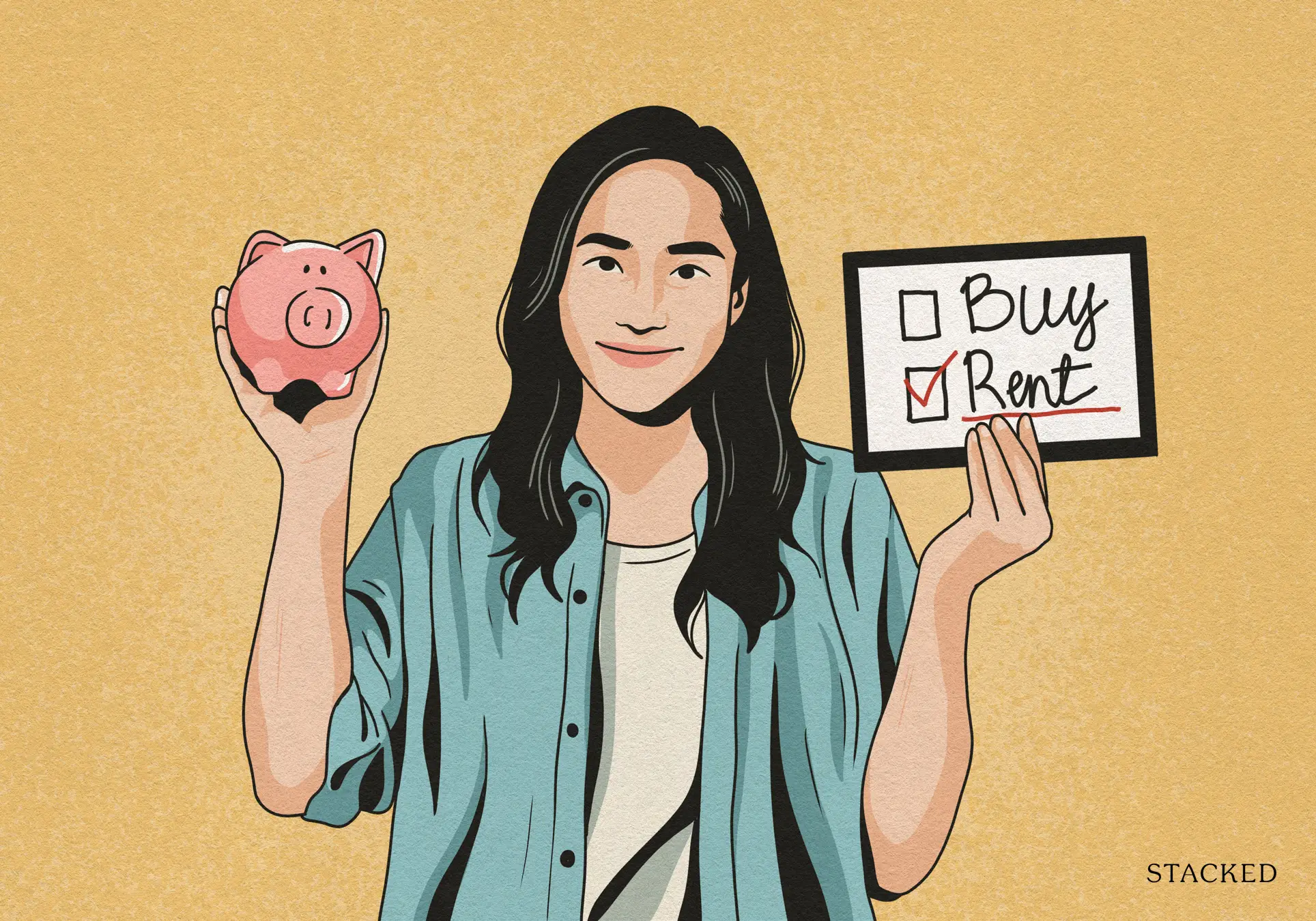
Property Market Commentary When Renting In Singapore Is The Smarter Move — And Buying Can Wait
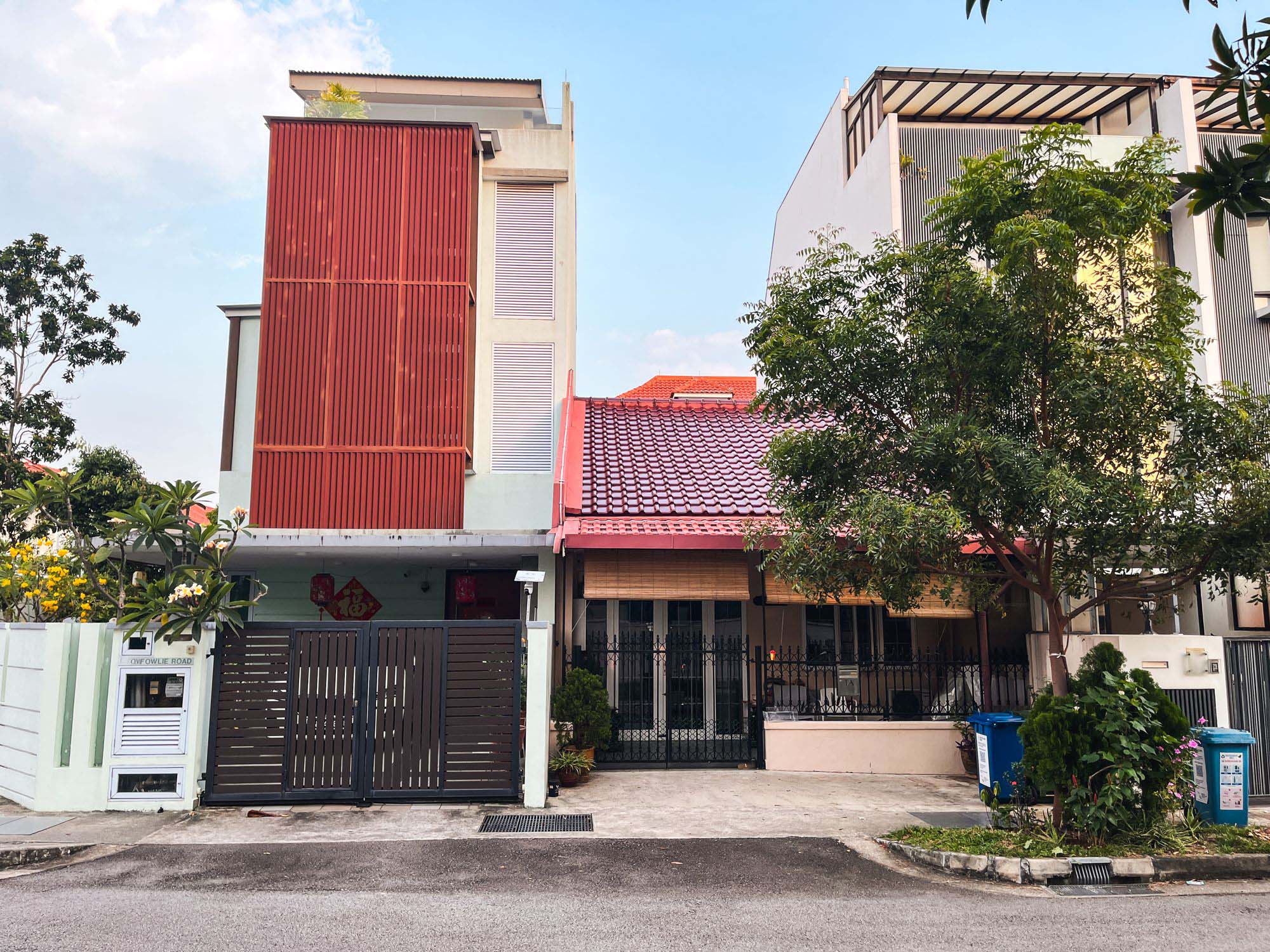
Editor's Pick Why Singaporean Families Are Looking At This Landed Enclave From Around $4M
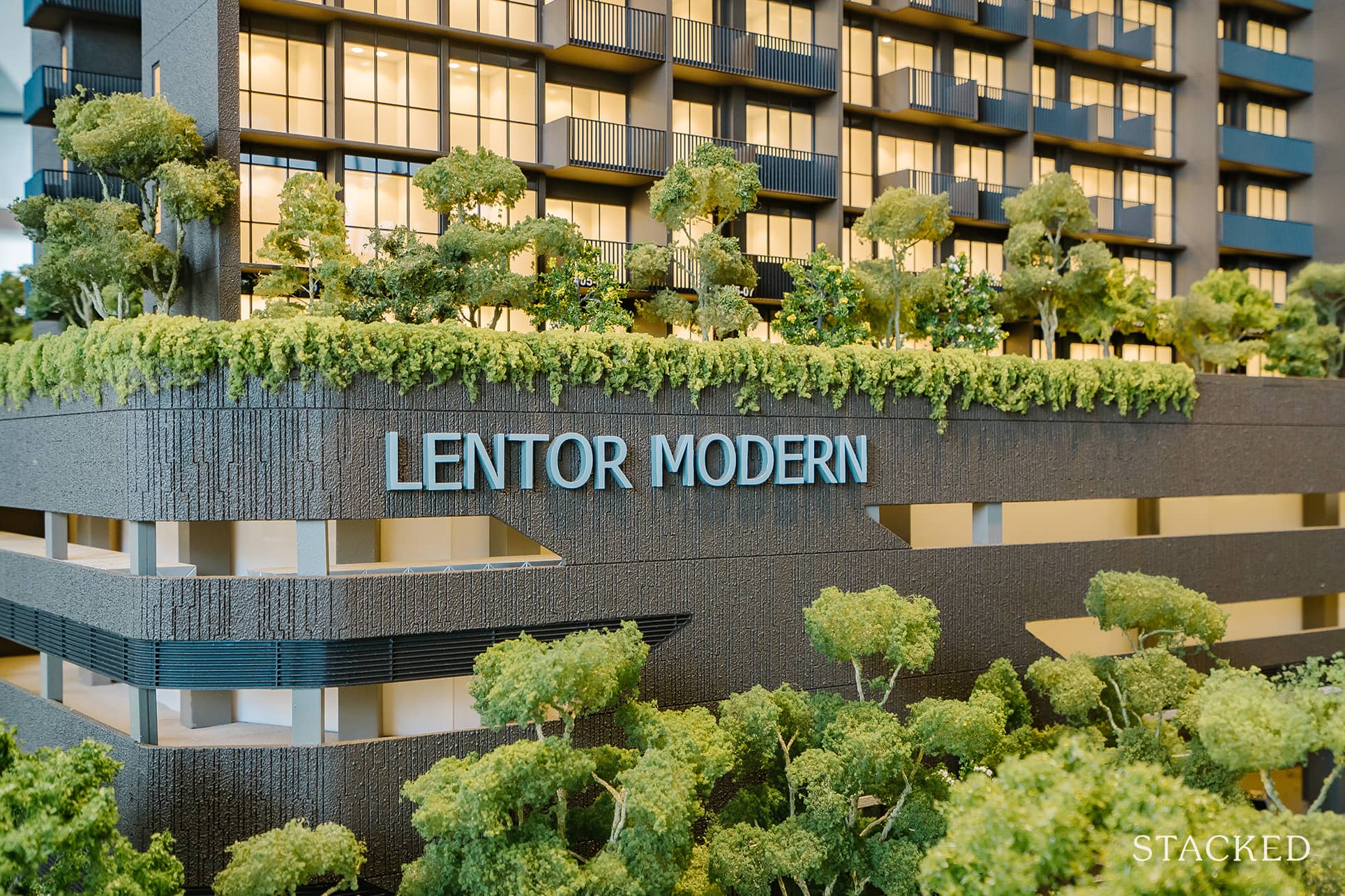
Singapore Property News Lentor’s First Condo Is Complete — The Early Profits May Surprise You
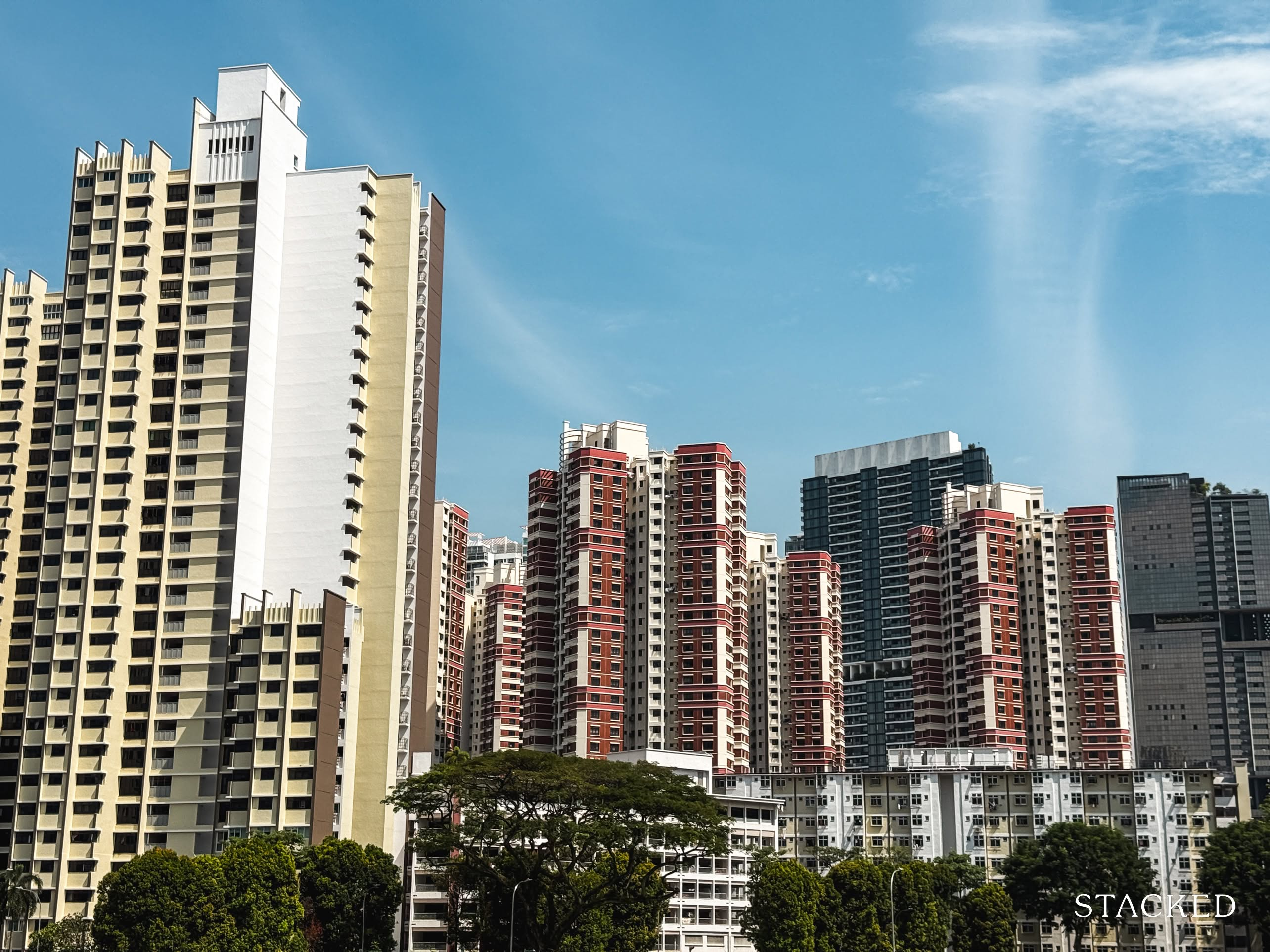
Editor's Pick A Wave Of New HDB Resale Supply Is Coming In 2026: Here’s Where To Find Them
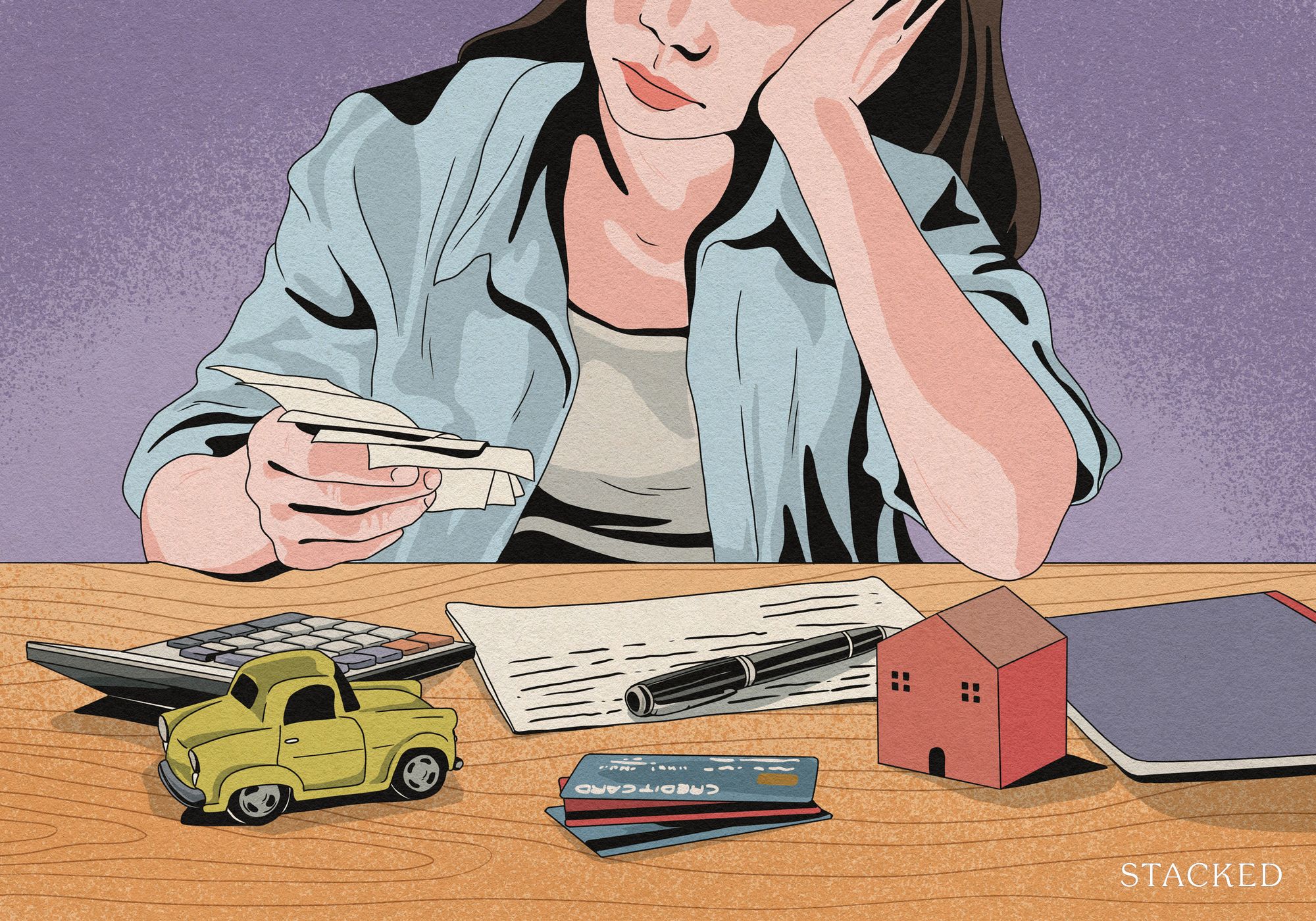
Property Advice We Own A $800K 1-Bedder And A $1.1M 3-Bedder: Is It Possible To Upgrade To A 4-Bedder Condo?
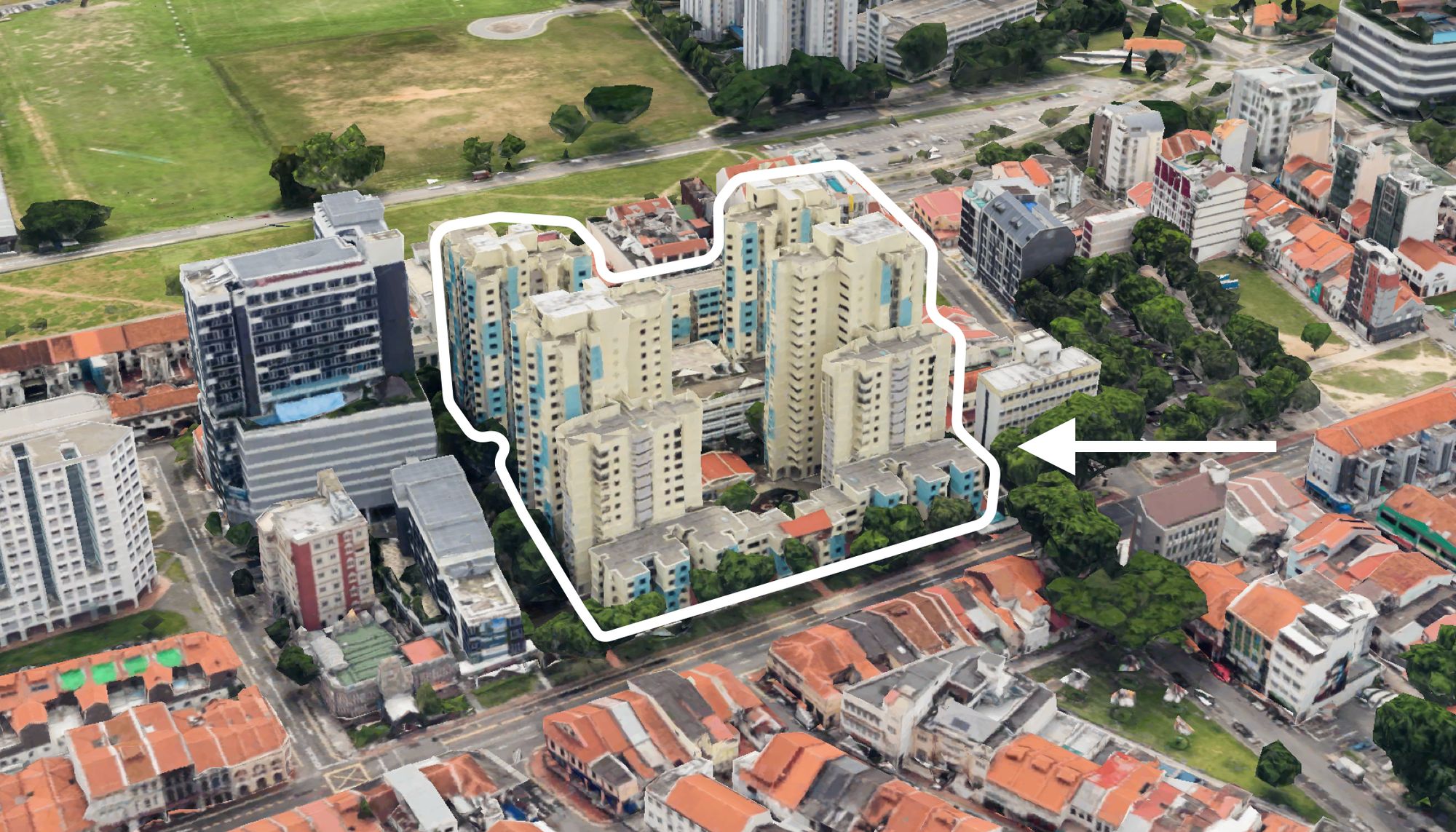
On The Market These Are Some Of The Cheapest 5-Room HDB Flats Left In Central Singapore
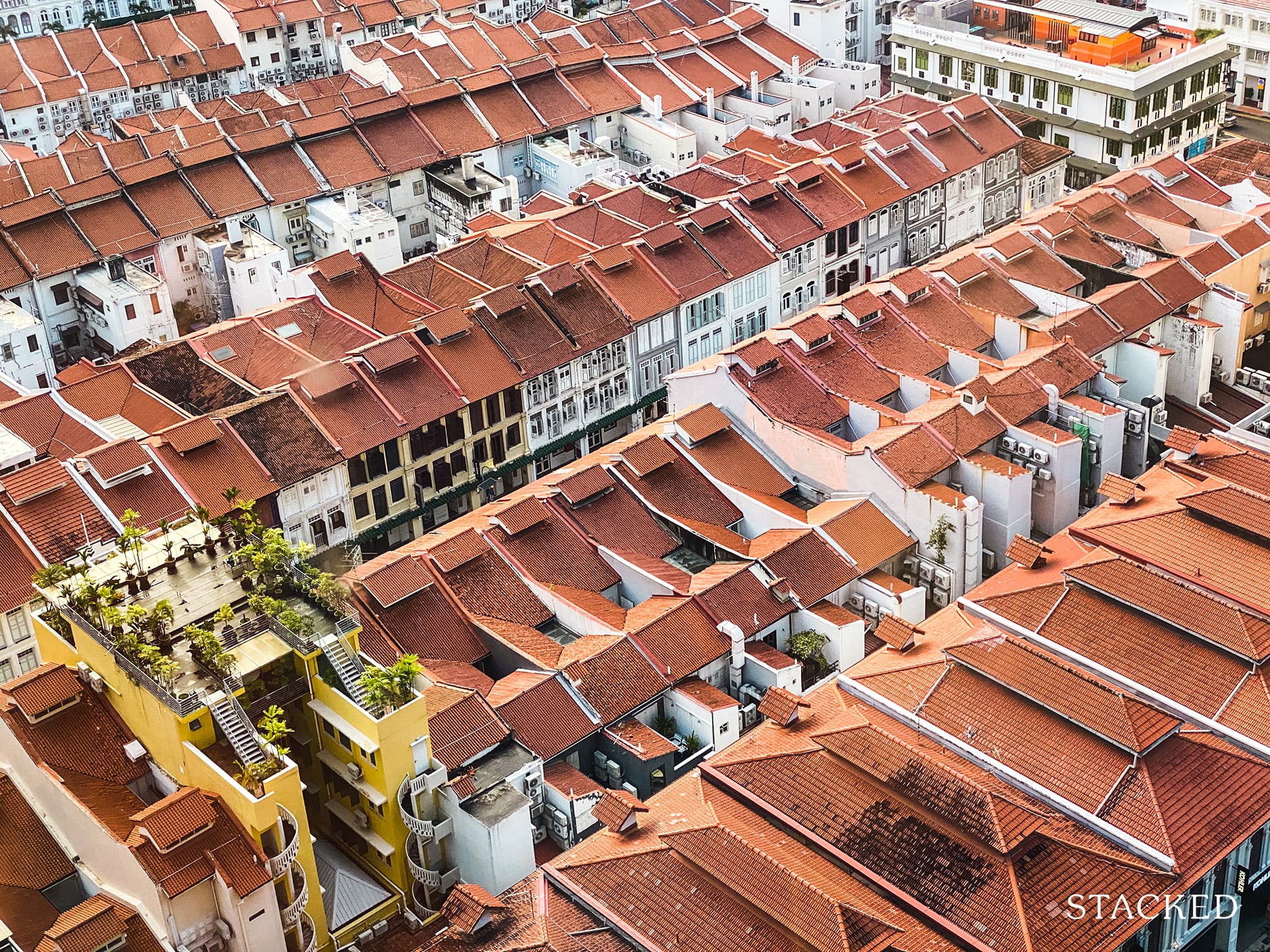
Singapore Property News $281.2M in Singapore Shophouse Deals in 2H2025 — But That Number Doesn’t Tell the Full Story
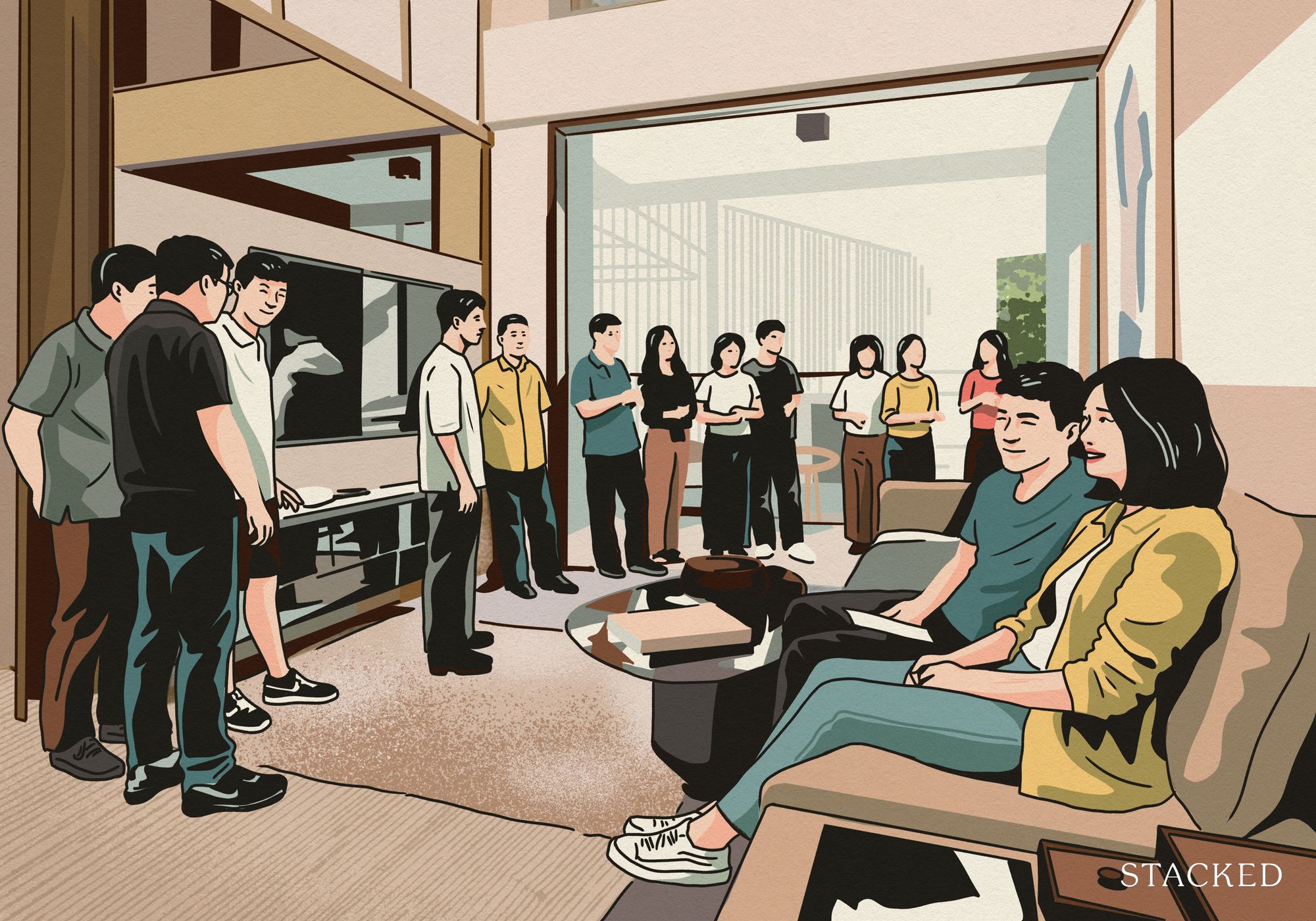
Property Market Commentary 5 Key Features Buyers Should Expect in 2026 New Launch Condos
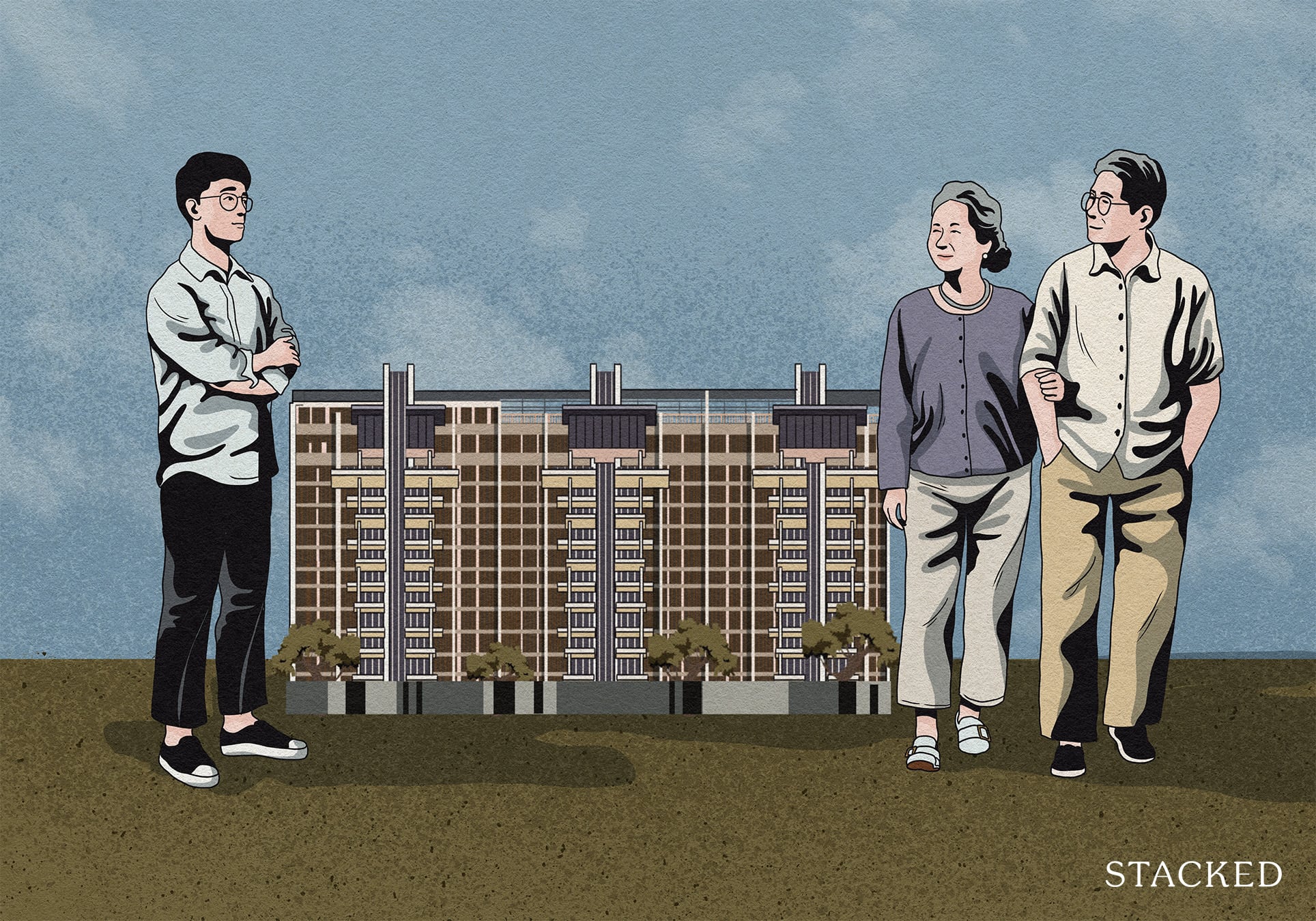
Editor's Pick What “Lucky” Singaporean Homebuyers Used To Get Away With — That You Can’t Today

Singapore Property News CapitaLand–UOL’s $1.5 Billion Hougang Central Bid May Put Future Prices Above $2,500 PSF
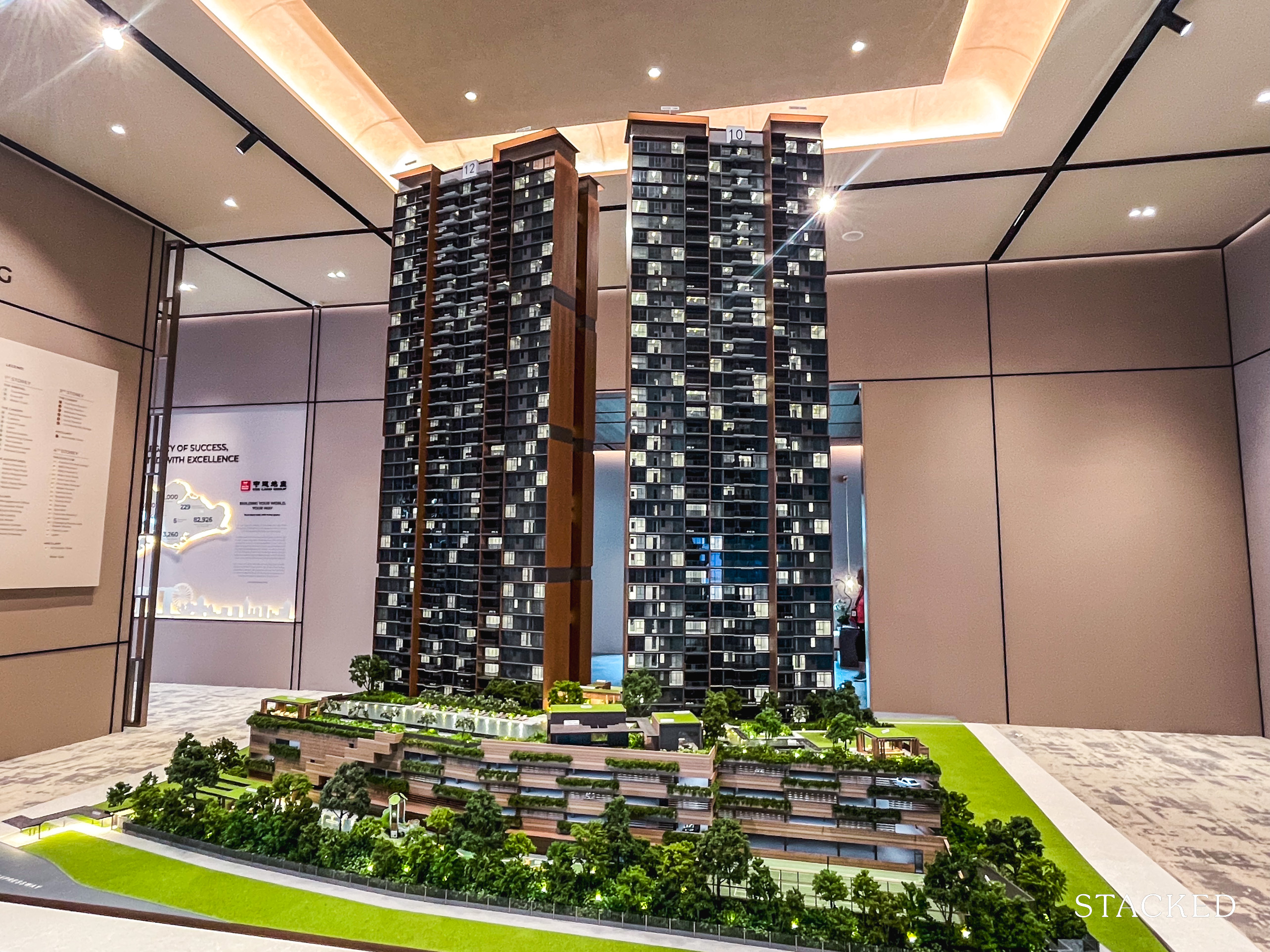
Singapore Property News Why New Condo Sales Fell 87% In November (And Why It’s Not a Red Flag)
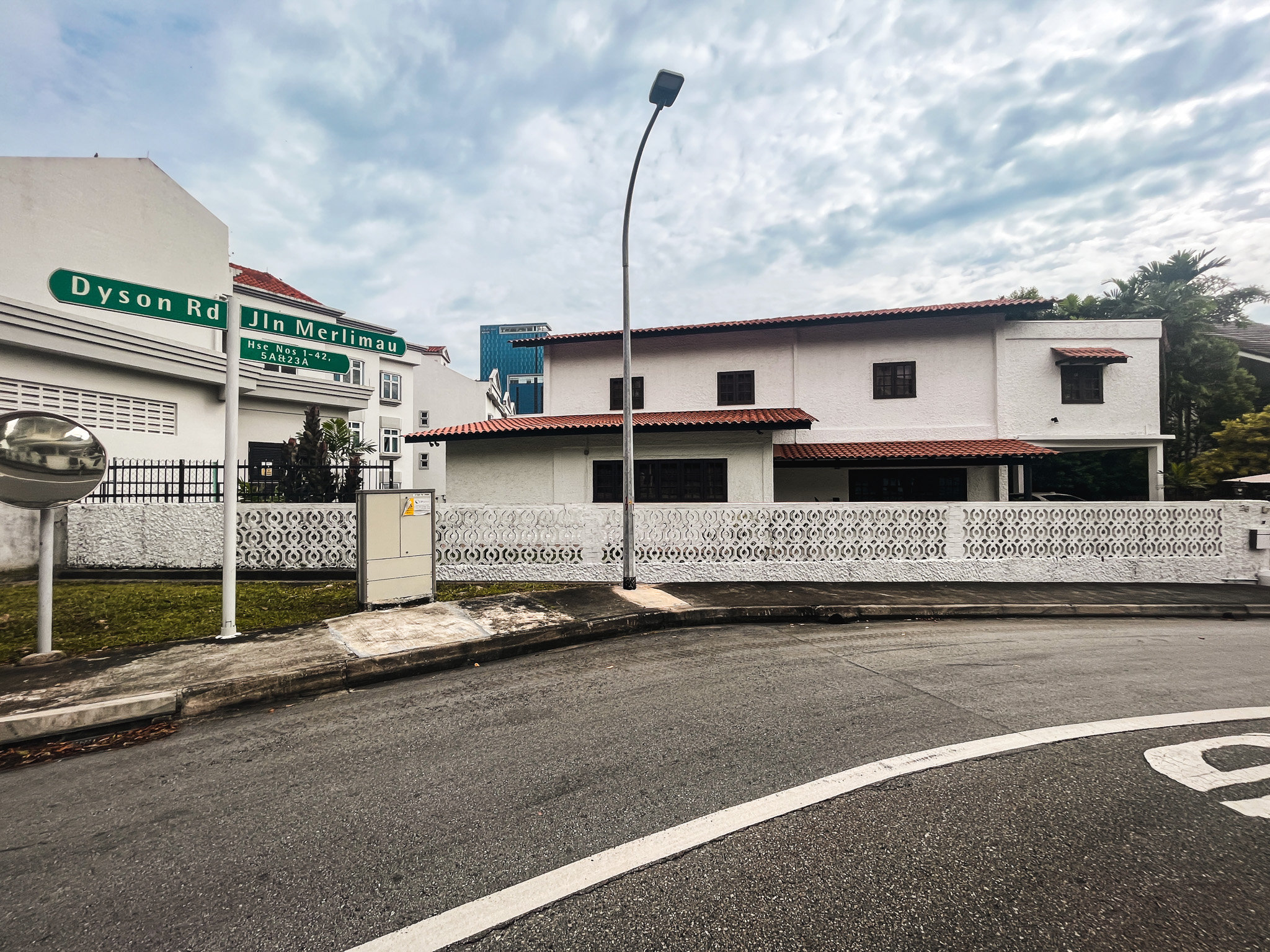
Editor's Pick We Toured A Quiet Freehold Landed Area Near Reputable Schools — Where Owners Rarely Sell
